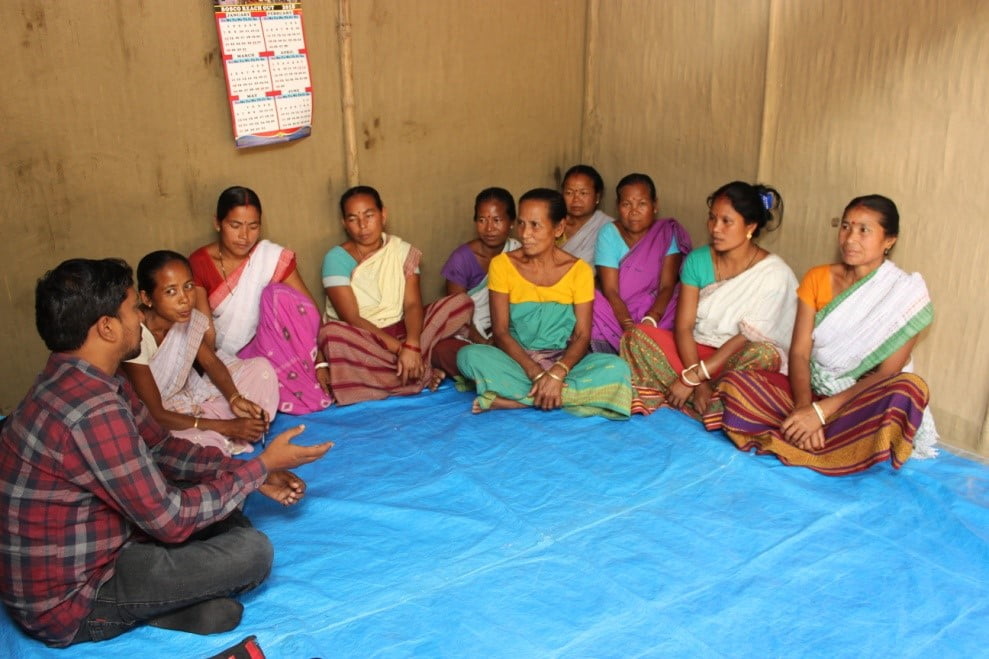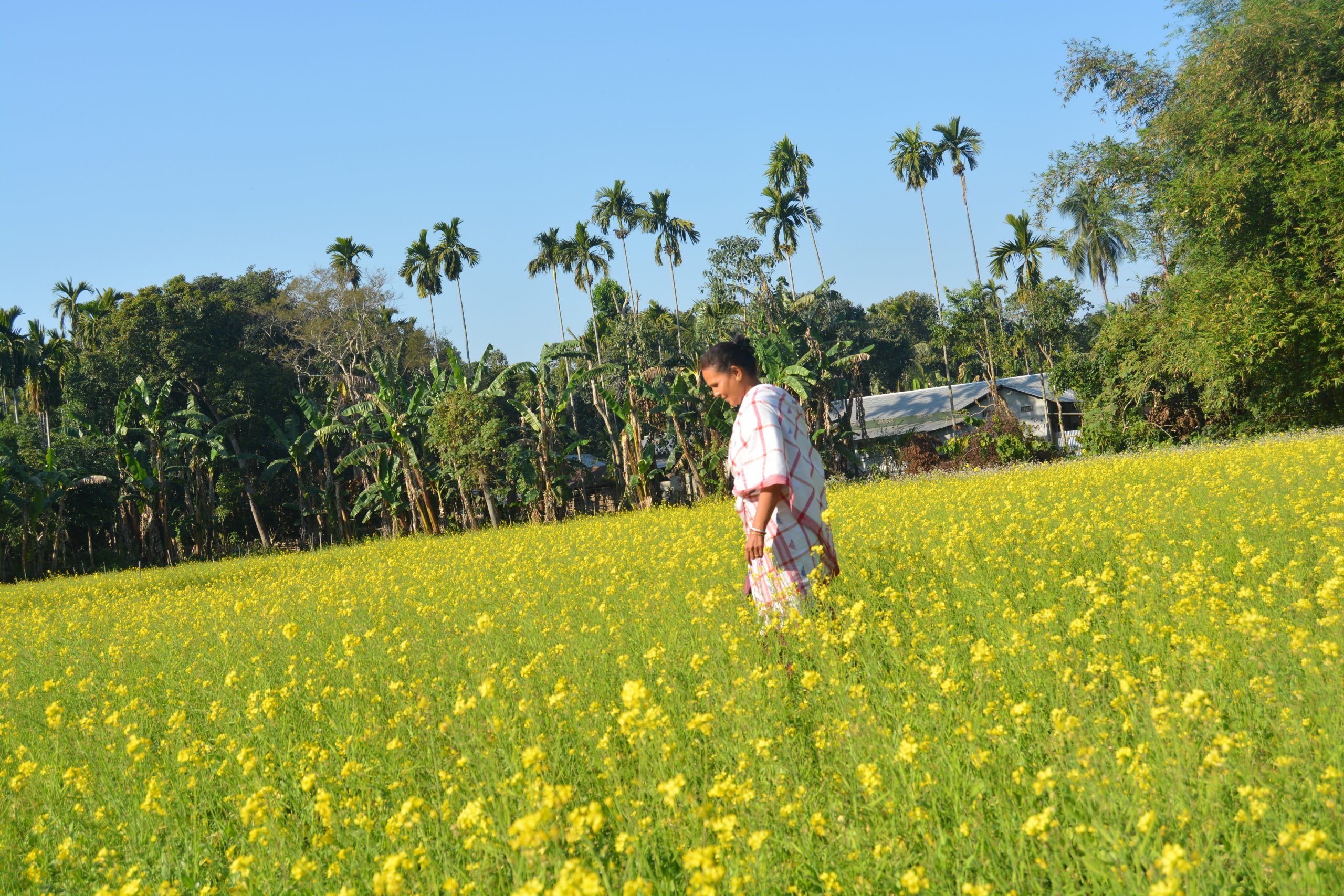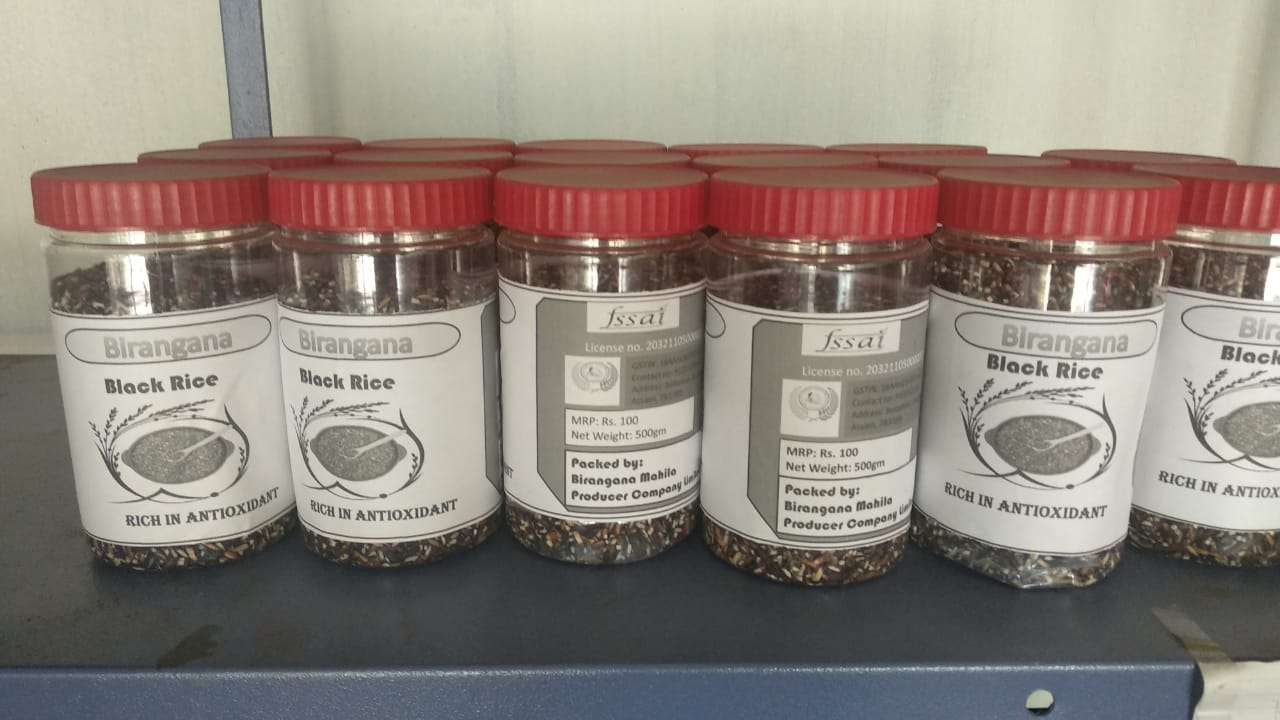Self Help Group, SHG
Self Help Group (SHG) it is a democratic institution owned and managed by women. It is an association of 10 to 20 women from similar socio-economic background and a voluntary effort to improve their economic and social wellbeing.
Reasons to promote SHGs
Organizes poor around their own resources.
Savings and credit are a livelihood intervention in itself. It smoothens consumption and finances existing livelihoods.
Prepares members for further livelihood options.
Mobilise finance from banks for livelihoods.
Reduces vulnerabilities.
Savings and credit are a livelihood intervention in itself. It smoothens consumption and finances existing livelihoods.
Prepares members for further livelihood options.
Mobilise finance from banks for livelihoods.
Reduces vulnerabilities.




